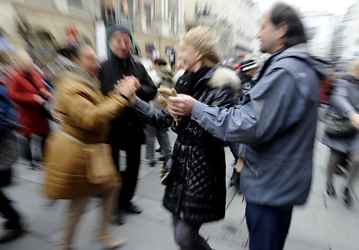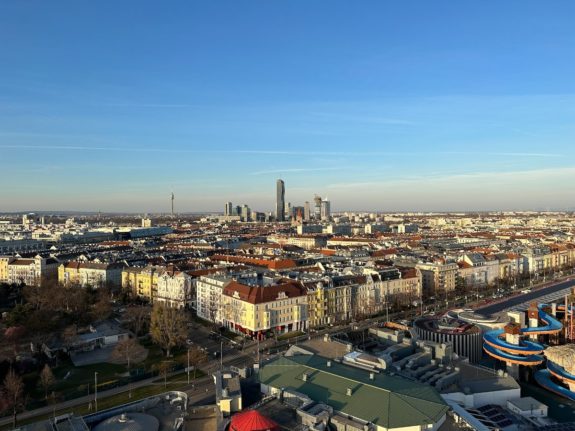Karin Lemberger-Dorner, president of Vienna’s dance schools, was delighted to see the crowds. “It’s sensational that we have so many people here today," she said.
The quadrille was danced at 11am, with the help of a few professional dancers, followed by a gallop and a Viennese waltz.
“This is great, you don’t have to pay to join in and people from all other the world are here to find out something about our culture and waltz tradition,” one enthusiastic dancer said.
Dance schools are sure to be busy in the coming months as novices rush to learn some basic steps before attending some of the legendary events such as the Opera or Philharmonic balls in January and February.
Lemberger-Dorner said that the most useful dances to master are the Viennese waltz, the foxtrot, boogie and one of the Latin American dances.
Vienna’s ball season reaches its peak in January and February, so there’s still time to brush up those waltz steps. The season kicks off with the Vienna Red Cross Ball in the Rathaus (City Hall) on November 21st.
On New Year’s Eve, guests can dance their way into the new year in a magnificent setting at the Hofburg Palace.



 Please whitelist us to continue reading.
Please whitelist us to continue reading.
Member comments